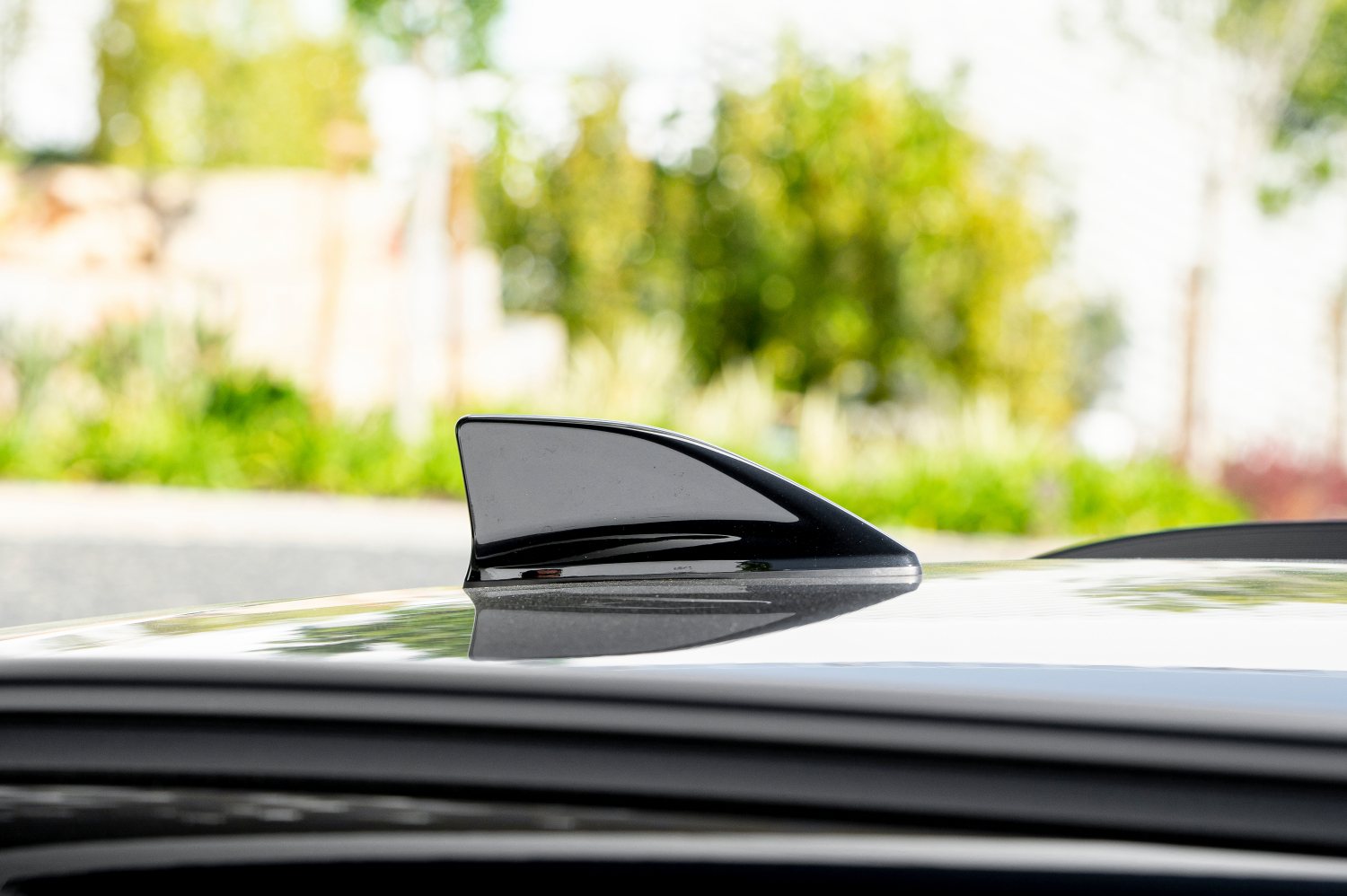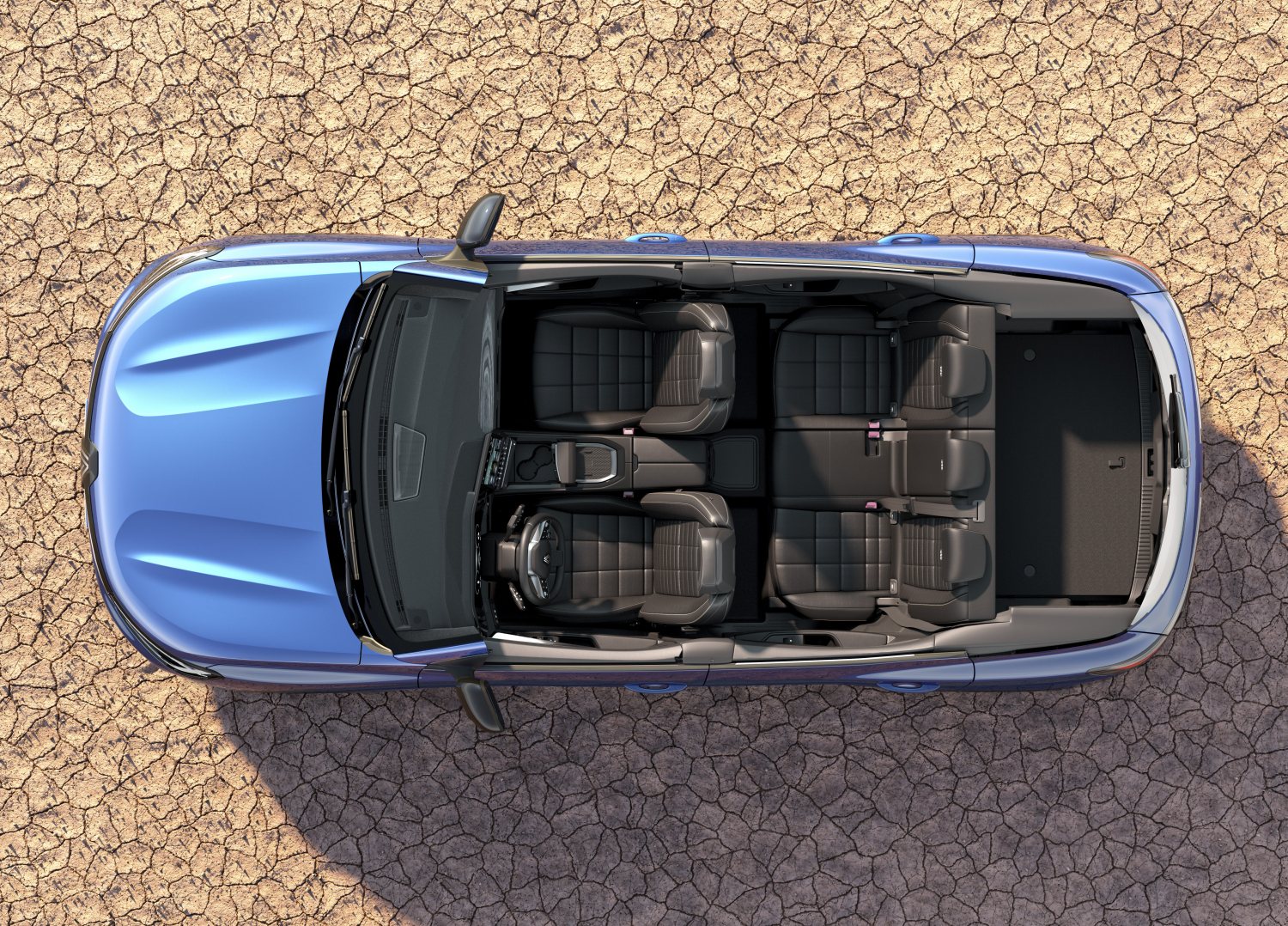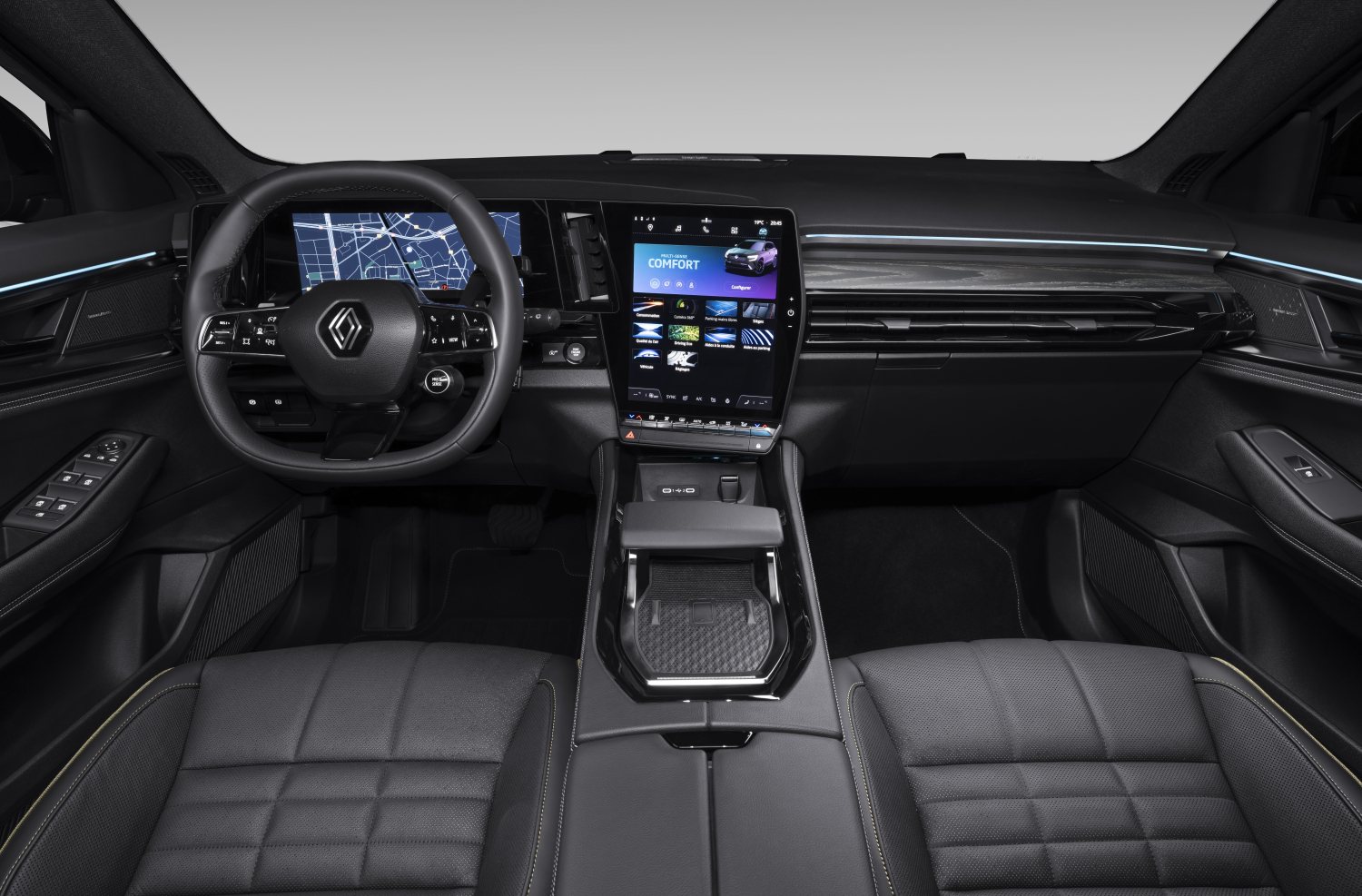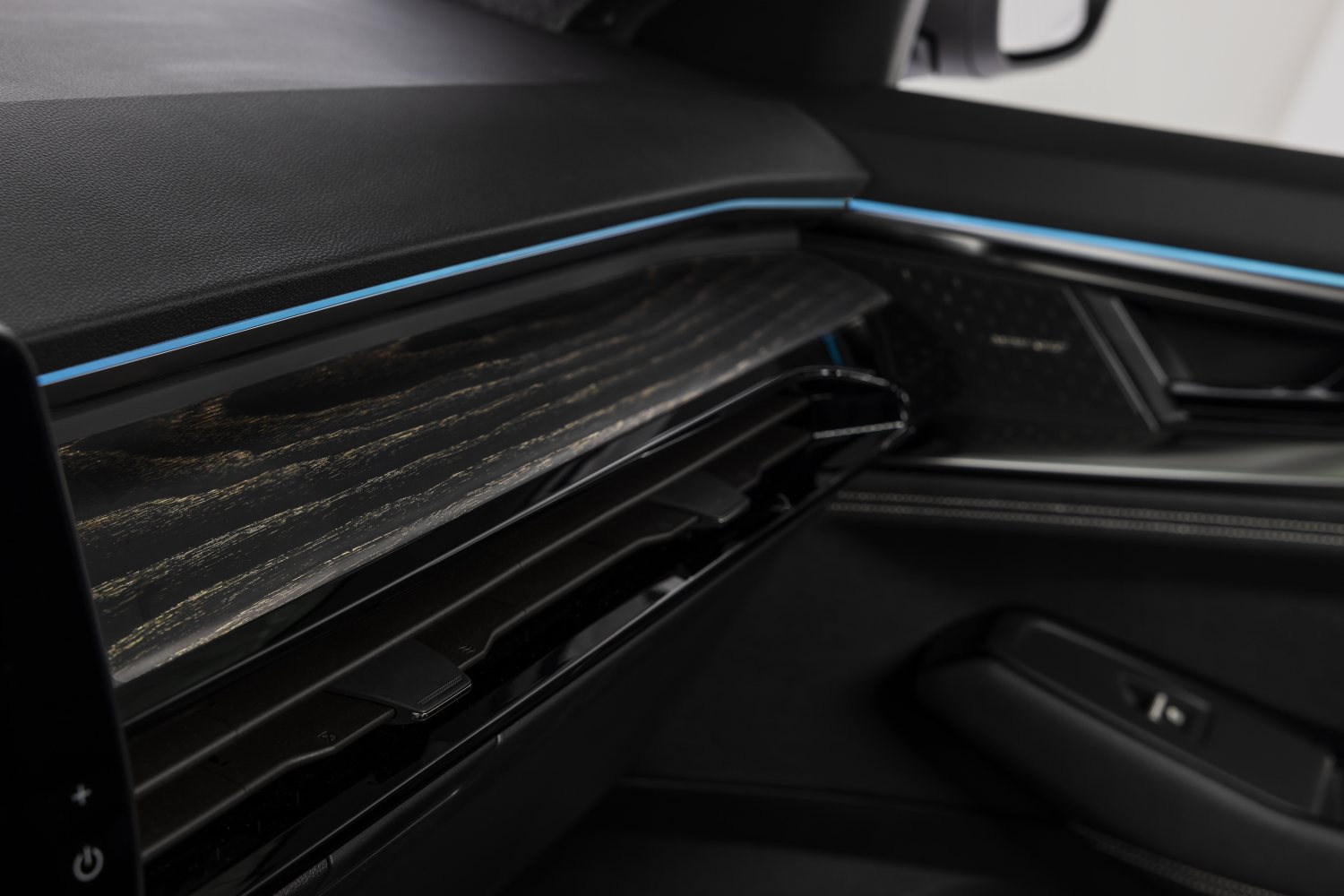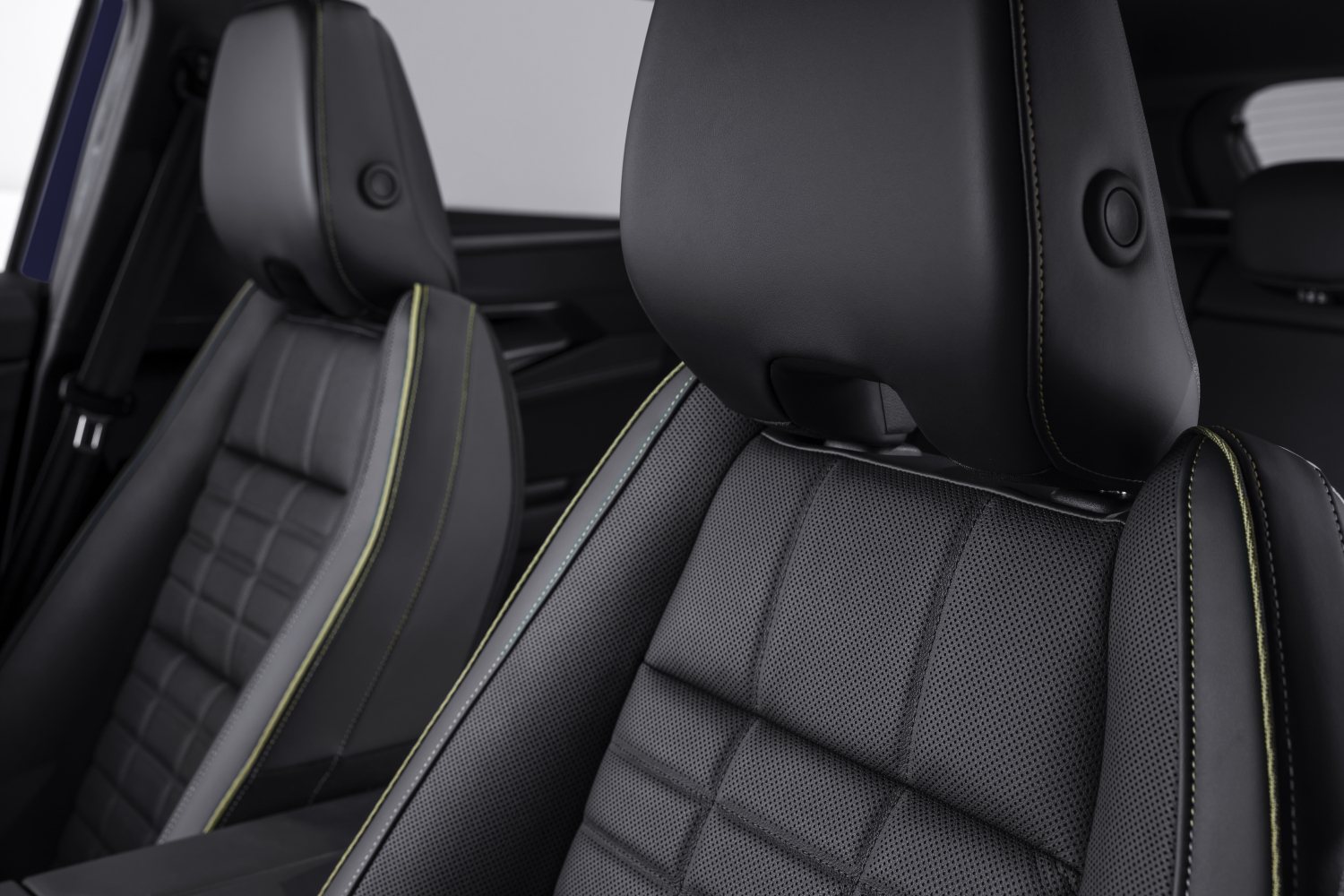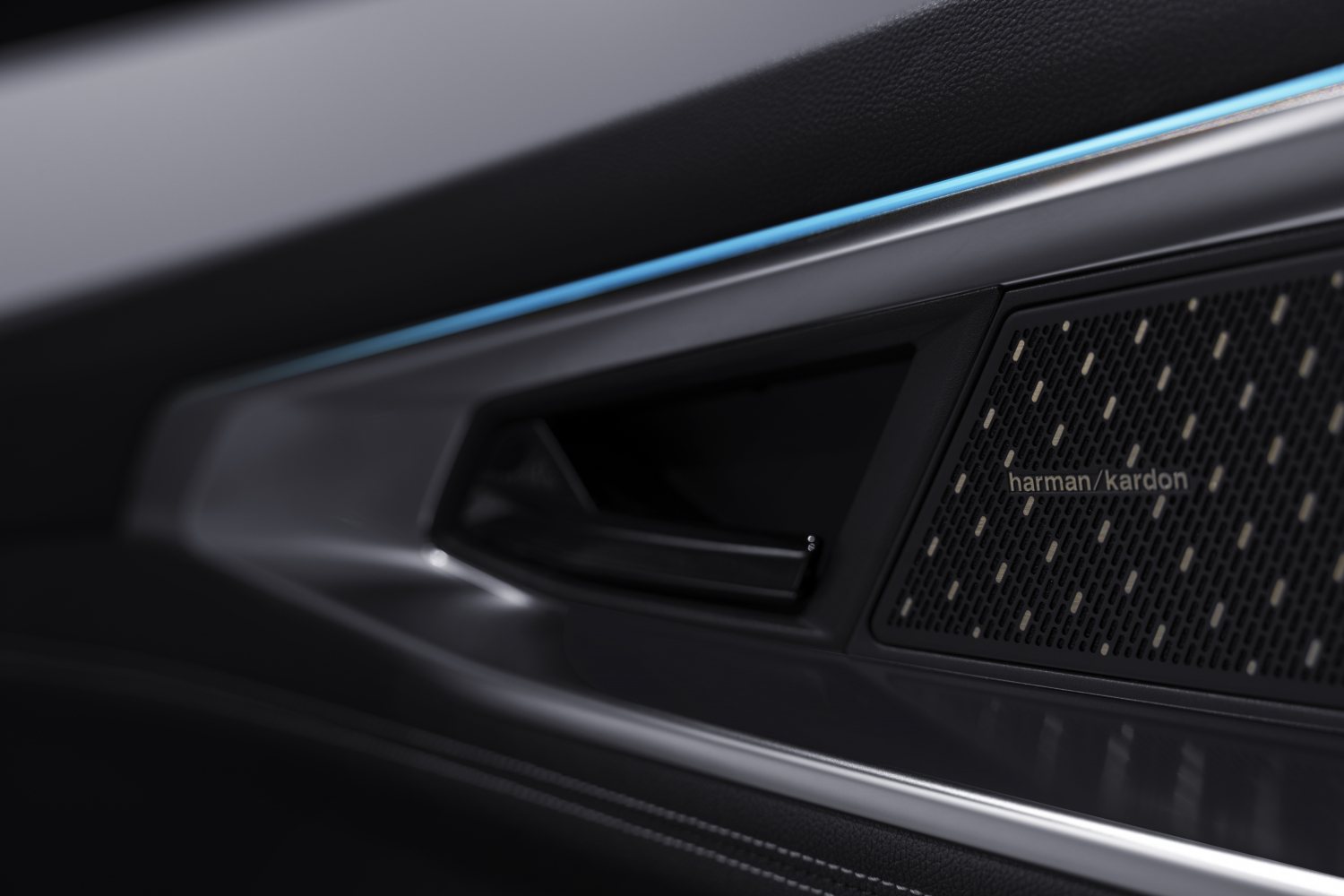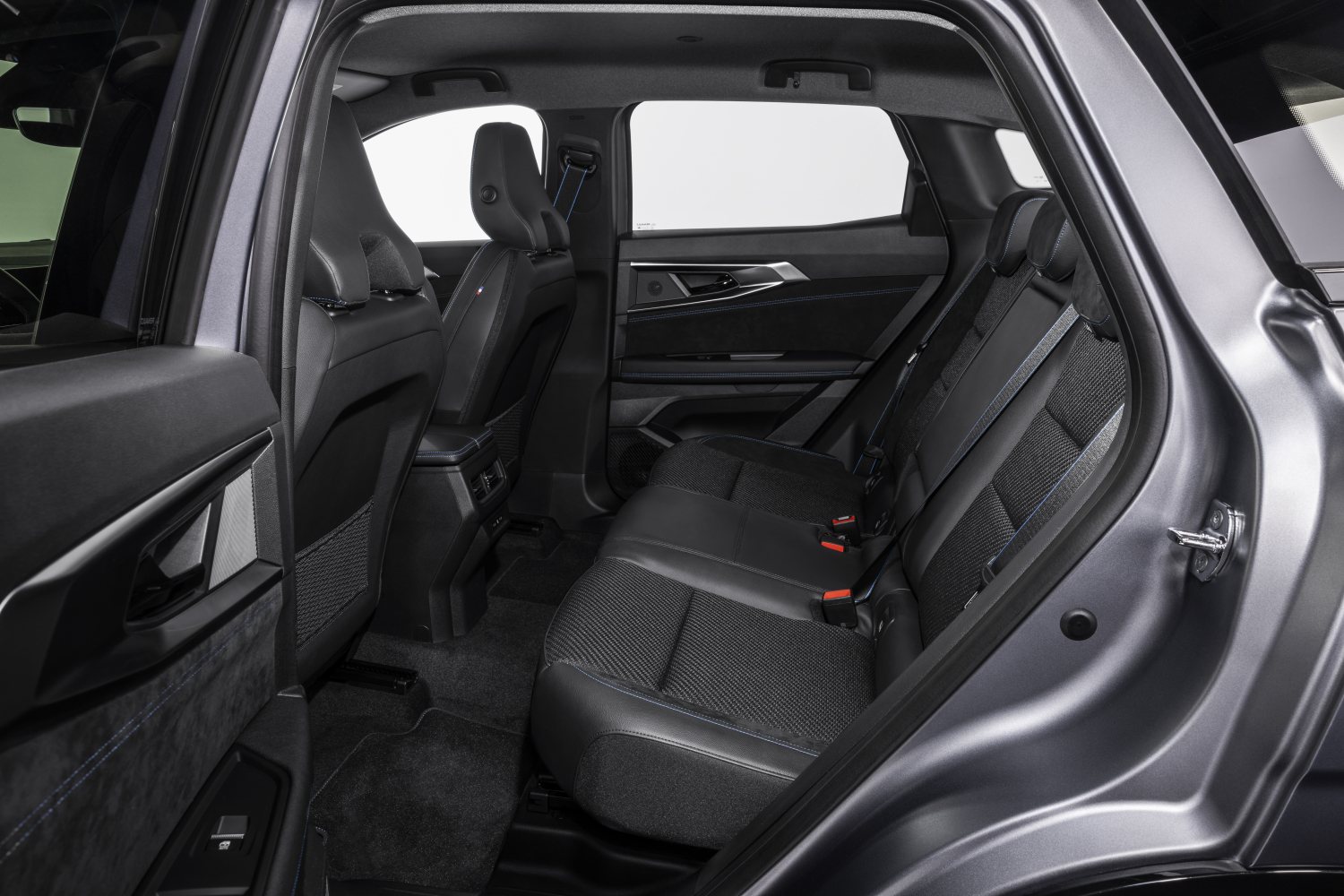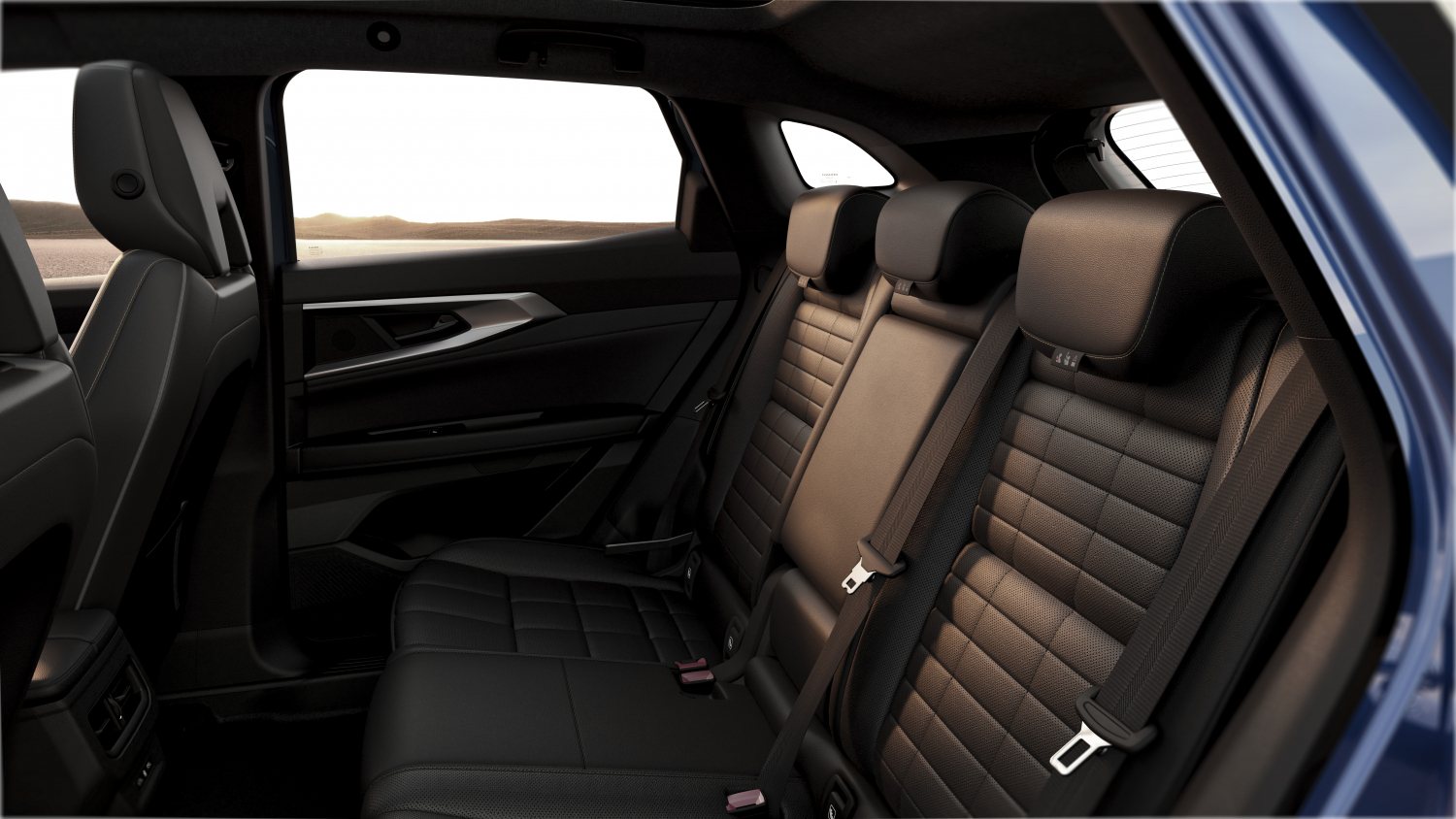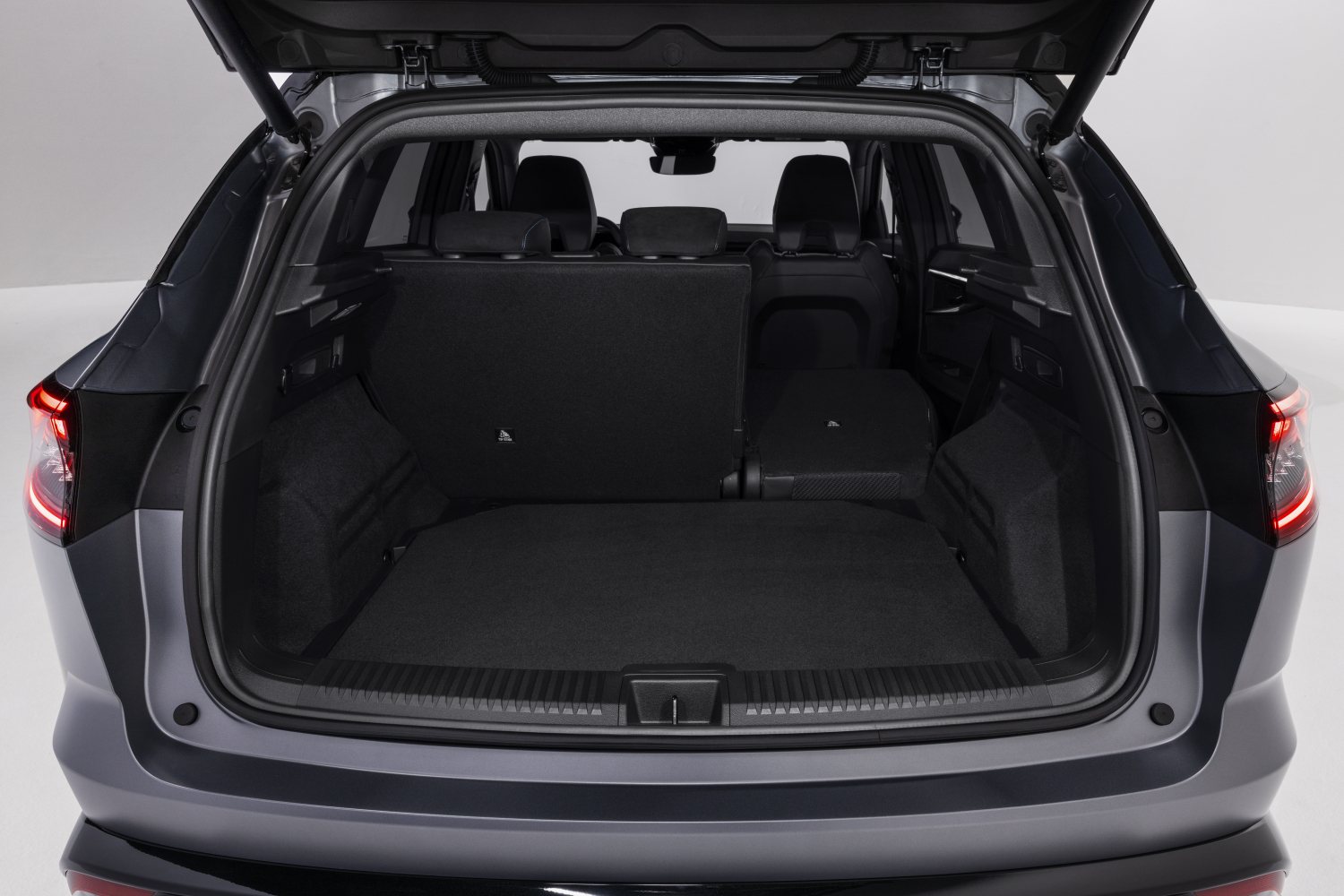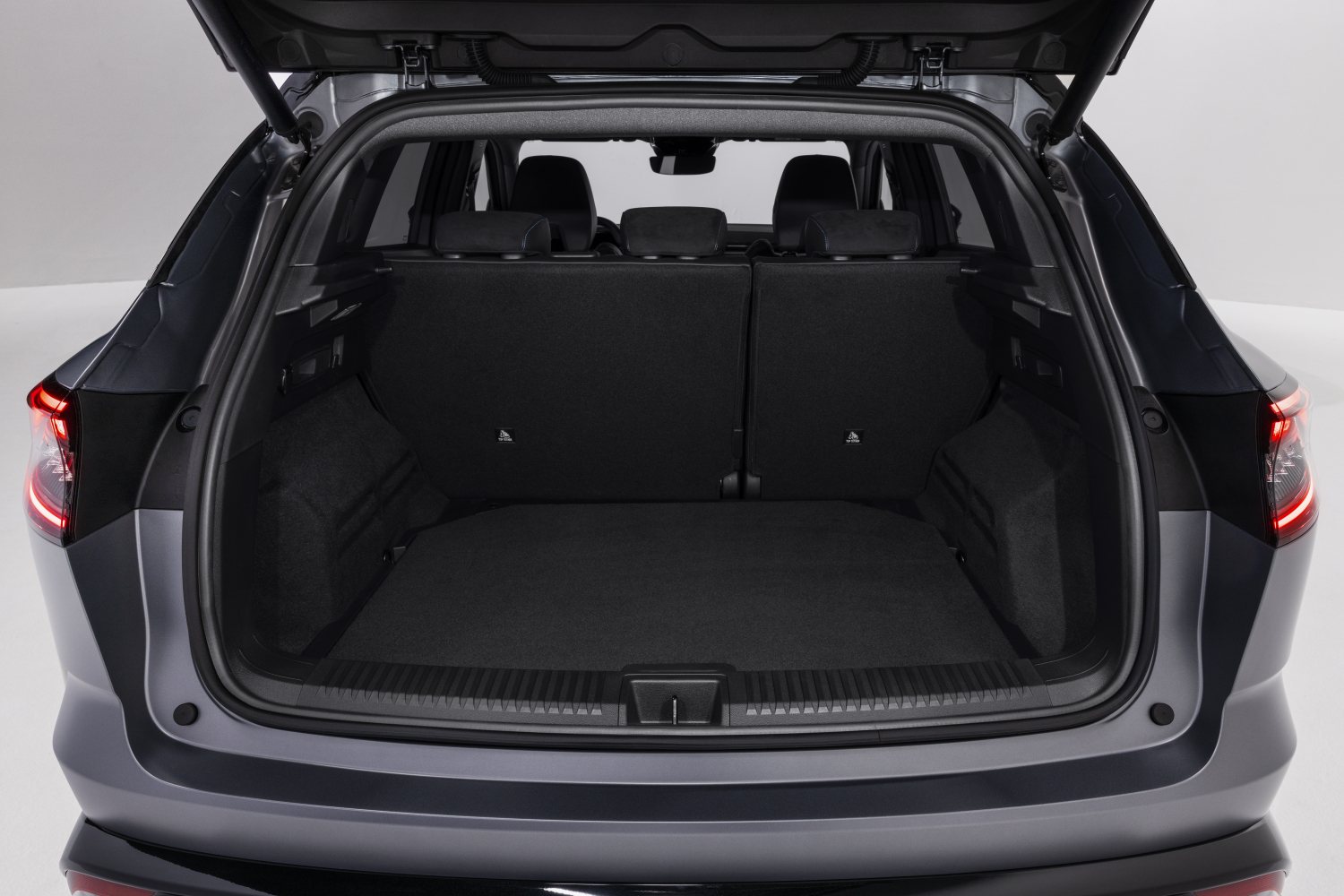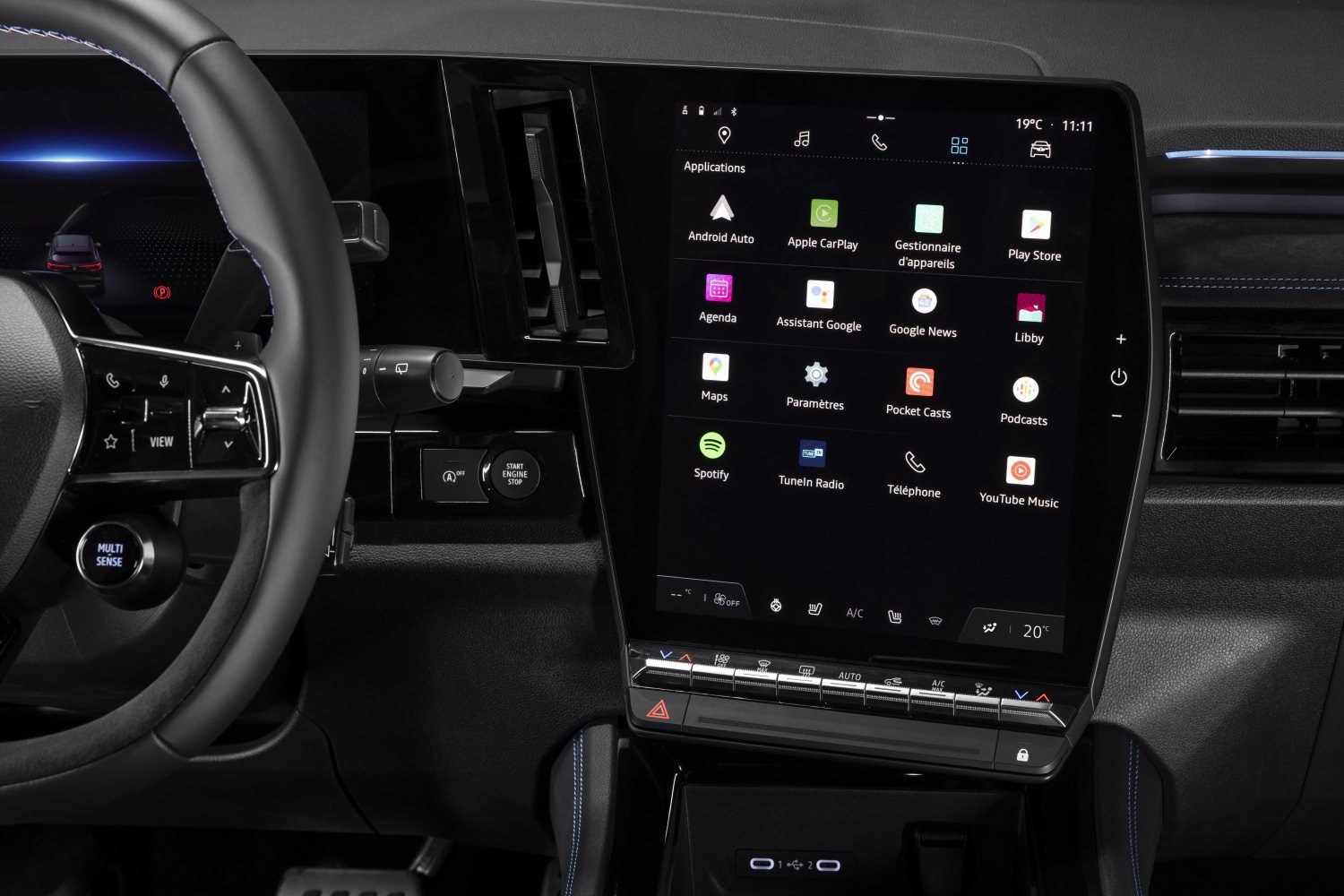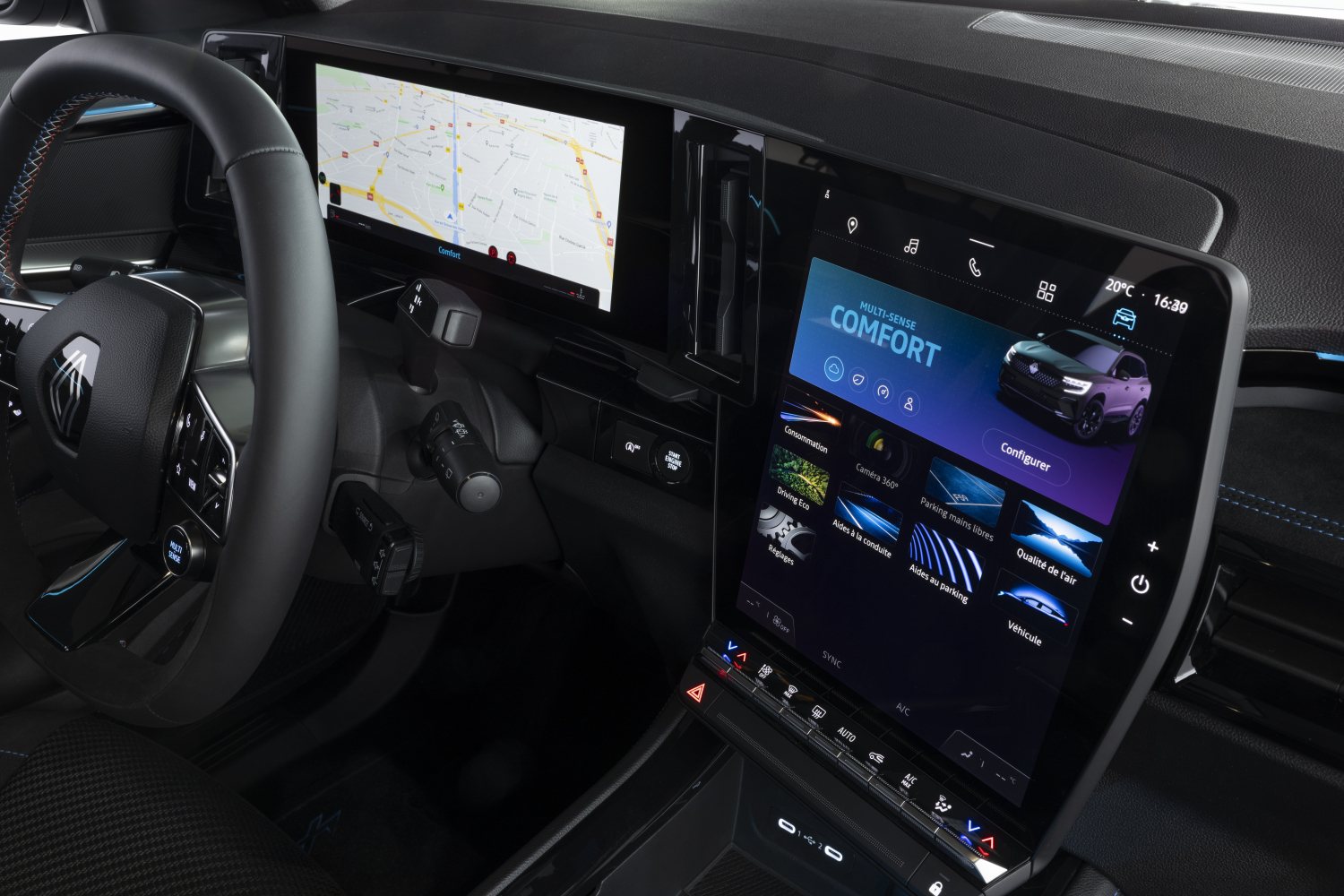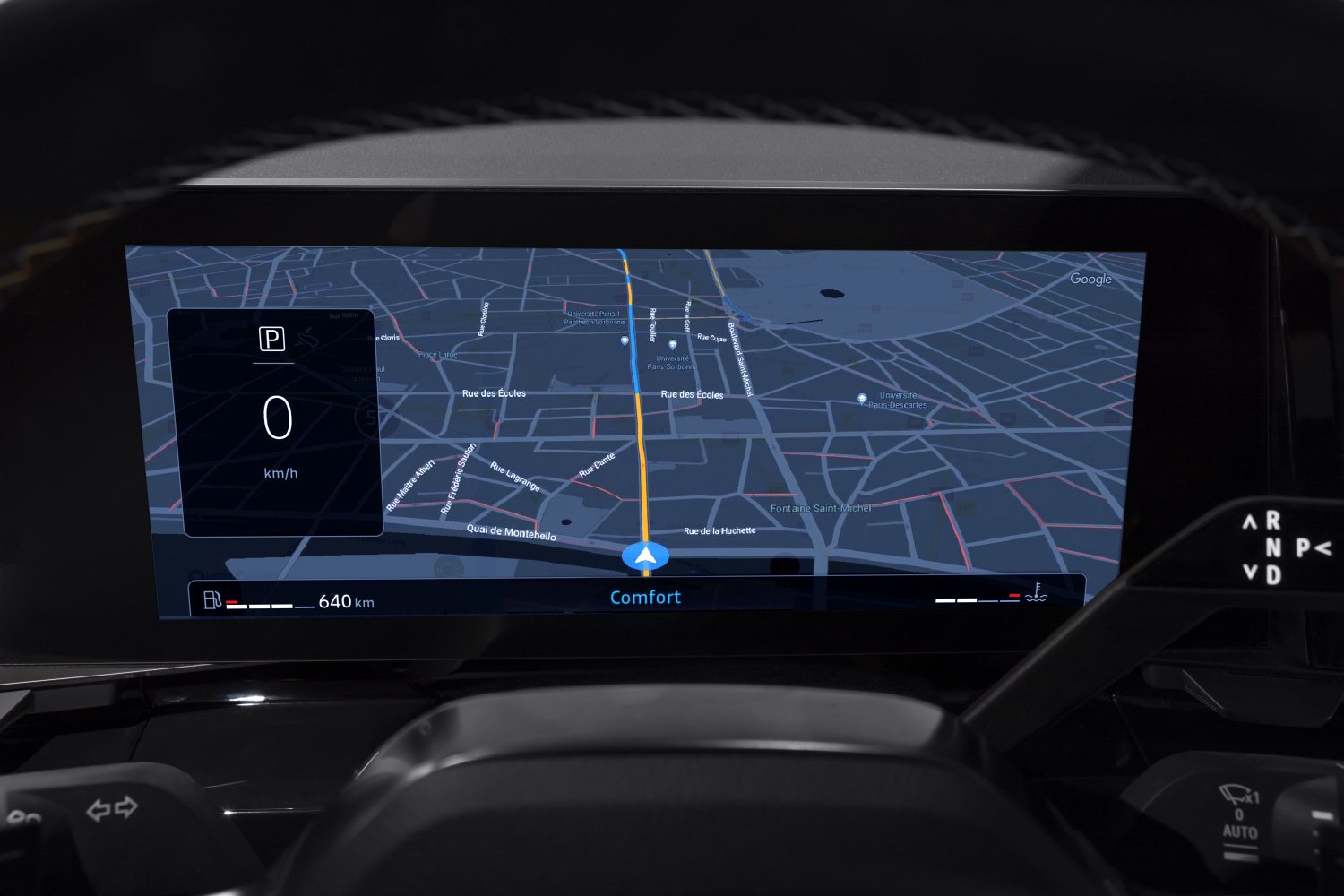Betting on a 100% electric future, Renault is aware that, until then, it will need less polluting vehicles that weigh less in the portfolio, with a gasoline main engine but not necessarily plug-in hybrids (PHEVs), since this technology fell out. out of favor for not being used correctly, having already lost access to aid in Germany, a trend that promises to spread to other markets. Hence the full hybrid mechanics of the Austral, an SUV in the C segment, the most important in Europe and the 2nd in Portugal, with which the brand intends to make a difference.

The Renault Austral in detail
Built on the CMF-CD platform of the Renault-Nissan-Mitsubishi Alliance, the same that gave rise to the Qashqai, The Austral replaces the Kadjar by offering more interior space, more equipment and more refinement, having already received 10,000 orders worldwide, according to those responsible for Renault Portugal, of which 67% refer to the most expensive version, the Esprit Alpine. (debuting here, replacing Initiale Paris).
We had already talked about this French SUV here, during the international presentation of the model (which you can see below). But now that we’ve had the opportunity to drive it for a longer time, on the occasion of its arrival on the Portuguese market, it’s time to better understand if it meets expectations who created it.
Two versions, but the hybrid reigns with 200 CV
The national range of the Austral is made up of two well-differentiated mechanics, a mild hybrid (mHEV), simpler, less powerful and more accessible, and the second full hybrid (HEV), more sophisticated and, above all, more powerful and economical. . The mild hybrid, or light hybrid, uses a 1333 cc supercharged four-cylinder engine, which provides 160 HP and 270 Nm, reinforced by the presence of a small 12V electric motor and a mini battery of only 0.15 kWh of capacity that, among other small advantages, ensures the “navigation” driving mode, in which it turns off the combustion engine when it is on flat ground or on slight descents. Even so, the Austral mHEV 160 CV, in addition to the 175 km/h top speed and the 9.7 seconds from 0-100 km/h, announces a consumption of 6.2 l/100 km, which corresponds to some emissions of 138 g of COtwo/km.
We guide the Austral. The SUV for those who do not want diesel or PHEV
Although the mHEV version is more affordable, Renault’s most popular SUV should be the Austral HEV, which draws 200 hp from hybrid mechanics. It associates a gasoline combustion engine, a 1.2 Turbo with 131 CV and 205 Nm, a 400V electric motor with 68 CV and 205 Nm, and also has a second electric motor on board, this one with only 34 CV, intended solely to generate energy to recharge the battery through the combustion engine. The main electric motor is powered by a battery with a capacity of 2 kWh (1.7 kWh usable), more than usual for an HEV, in order to increase the level (and duration) of assistance to the gasoline engine , in addition to providing about 5 km in electric mode, depending on the conditions and the profile of the terrain. We, during the test, managed between 2 and 3 km without “wake up” the 1.2 Turbo engine. The result is 175 km/h top speed and 8.4 seconds from 0 to 100 km/h, but more importantly a average consumption of 4.6 l/100 km and emissions of 104 g of COtwo/km. This despite weighing almost 60kg more than the 160hp mHEV version.
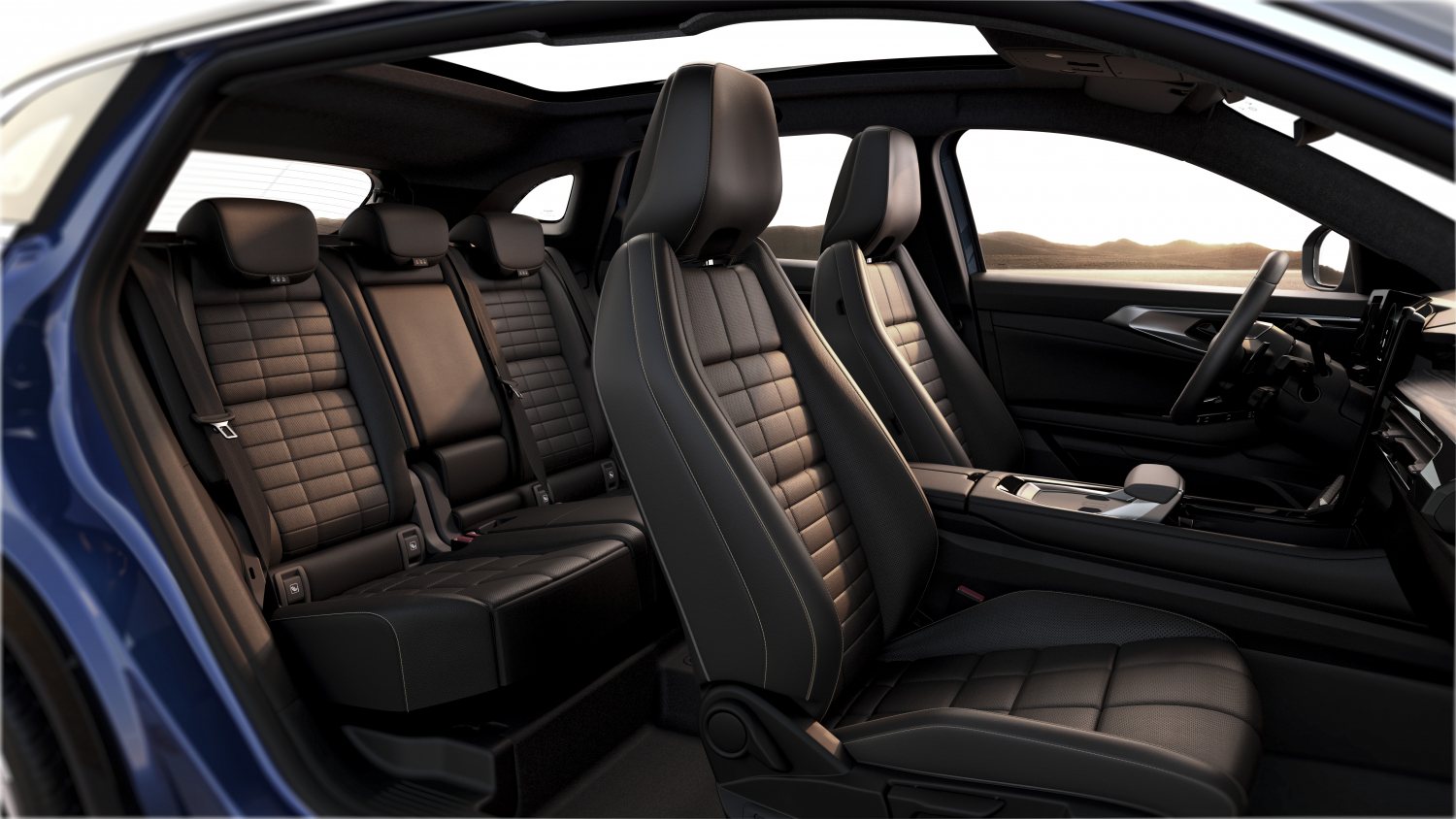
The Austral’s cabin is spacious and neat, especially in the new top-of-the-range Esprit Alpine version.
The Austral model we drove, the 200 hp HEV, was still equipped with the 4Control Advanced system, a four-wheel steering solution where the rear wheels also turnat low speeds to help the model’s agility in the city, giving it the same turning radius as a small Clio, and then at higher speeds to optimize cornering behavior, leaning the body less and describing the tightest curves with another efficiency.
SUV with a view of the asphalt and surprisingly agile
On the roads of the Algarve, as we traversed the mountains of Monchique, the 4Control Advanced confirmed its effectiveness, helping to avoid surprises in those corners that suddenly closed, preventing the SUV from running away from the front end, to then become more predictable in the widest corners, contributing to the effectiveness of the behavior in a model that exhibits suspension regulation more for asphalt floors than for dirt roads in poor condition. 4Control also requires the mounting of a rear axle with independent wheels, which in itself improves comfort and handling.

The sliding rear seat (160 mm) allows modulating the space in the trunk, favoring space for the rear seat or suitcase
Driving south on the highway and, the next day, in the opposite direction, helped us determine consumption, and here the HEV Austral had some of the most pleasant surprises in store for us. The first was the operation of Active Driver Assist, the device that maintains speed, the distance with the car in front and the SUV in the center of the lane, allowing us a more relaxed drivinghelped by a top screen with enough information. With the cruise control set at 90 km/h, the Austral HEV registered a consumption of just 4.3 l/100 km, one of the lowest in the segment. At 120 km/h the value went up, as expected, but only at 5.7 l/100 km, also a very interesting value.
7-year warranty and prices from €34,200
The new Renault Austral is available from us in 160 hp mHEV versions, with Equilibre and Techno trim levels, for €34,200 and €36,700, respectively. However, the manufacturer believes that it will be the most powerful Austral, the 200 hp HEV, that deserves the public’s preference, offering this version in three different equipment lines. The most affordable of them is the Techno Esprit Alpine (€39,700), followed by the Iconic (€41,700) and the Esprit Alpine, the top of the range, proposed for €46,200.

The two L-shaped screens of Austral, with the central screen using the Google system in terms of maps, navigation and search engine
The new hybrid SUV from the French brand is Class 1 on national roads, if equipped with Greenway, since it is between 1.1 and 1.3 meters high at the height of the front axle. But the Austral also launches the most recent commercial argument of the manufacturer, which consists of a 7 year or 150,000 km warranty, which should give private customers extra rest.
Source: Observadora



